A Global Look at Banned Children’s Books: What’s at Risk?
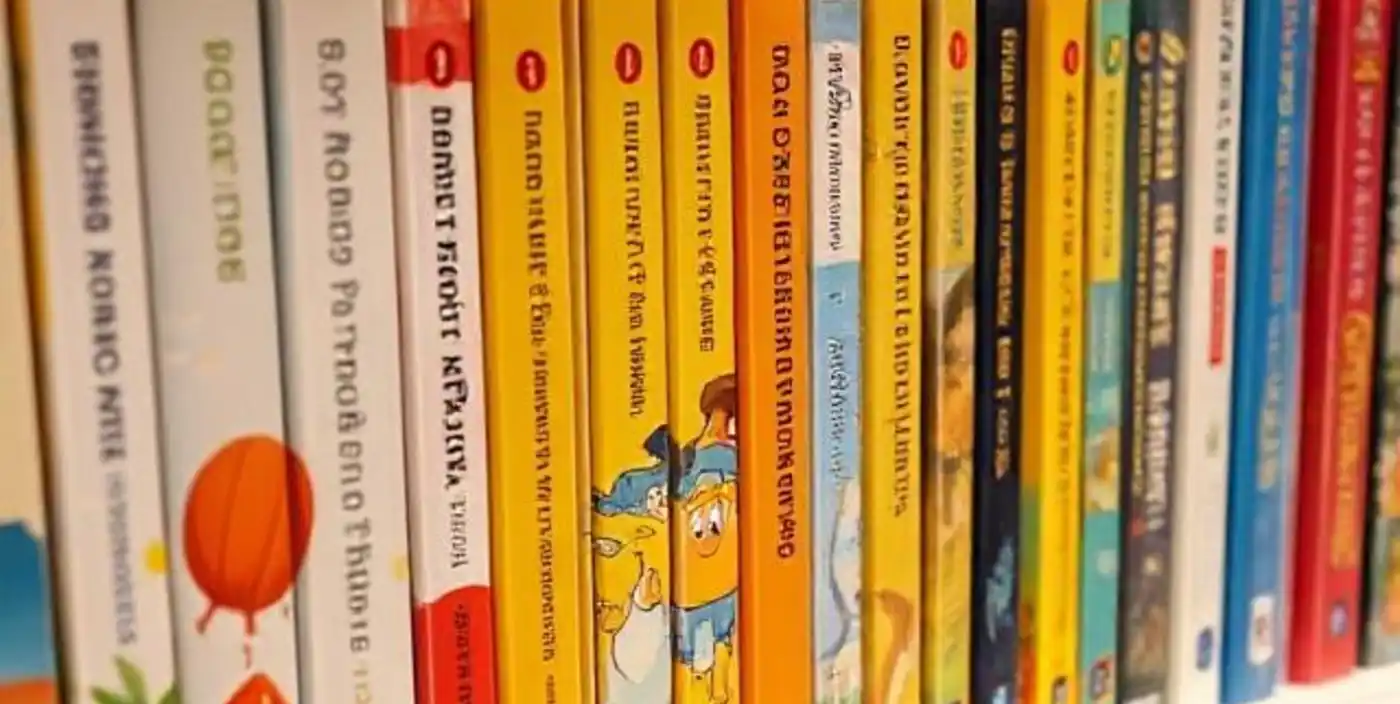
Books have always been powerful tools to inspire, challenge, and teach. However, children’s literature has increasingly found itself at the center of debates about what stories should be shared and which ones might be considered inappropriate. The phenomenon of banning or challenging children’s books raises important questions about the balance between protecting young readers and encouraging intellectual freedom.
The Rise of Challenges to Children’s Books
Over the past decade, challenges to children’s books have surged globally, fueled by concerns about content deemed unsuitable for young readers. These concerns often stem from differing perspectives on themes such as violence, language, religion, and cultural sensitivity. Some books are flagged for their portrayal of difficult historical events, while others are criticized for the behavior or language of their characters.
Parents, educators, and community groups often lead the push for bans, arguing that they are protecting children from material they see as harmful. For example, books depicting war, loss, or complex family dynamics might be seen as too mature or emotionally challenging. Others believe these themes are essential for young readers to develop empathy and critical thinking.
List of Banned Books from Around the World
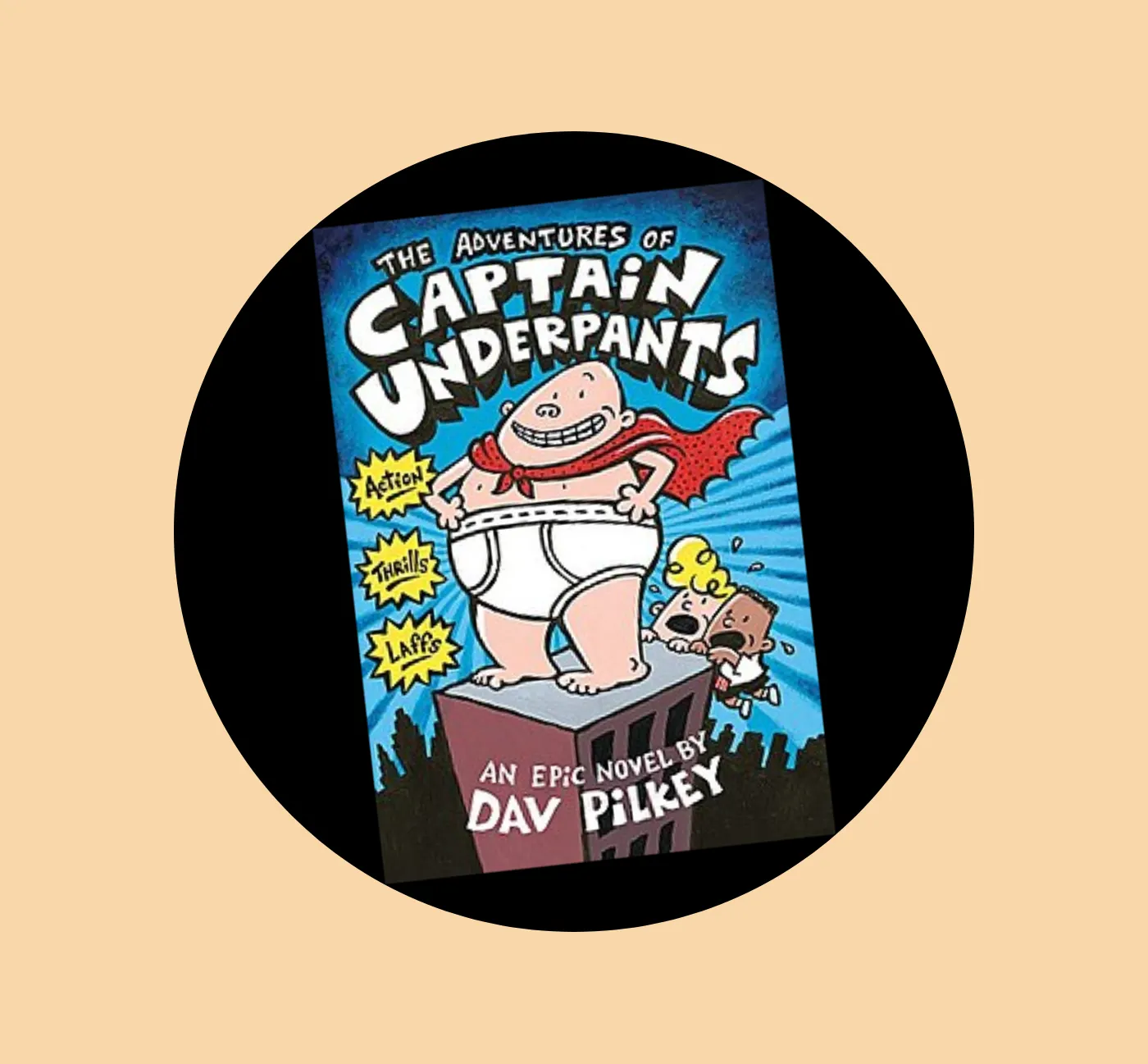
01. The Adventures of Captain Underpants (1997)
The Adventures of Captain Underpants by Dav Pilkey follows two prank-loving kids, George and Harold, who accidentally turn their principal into a superhero named Captain Underpants. The series has been challenged for its potty humor, crude jokes, and depiction of mischief and disrespect toward authority figures, which some believe sets a poor example for children. Concerns over mild violence and inappropriate content have led to bans in some schools and libraries, though the books remain beloved for their humor and creativity.
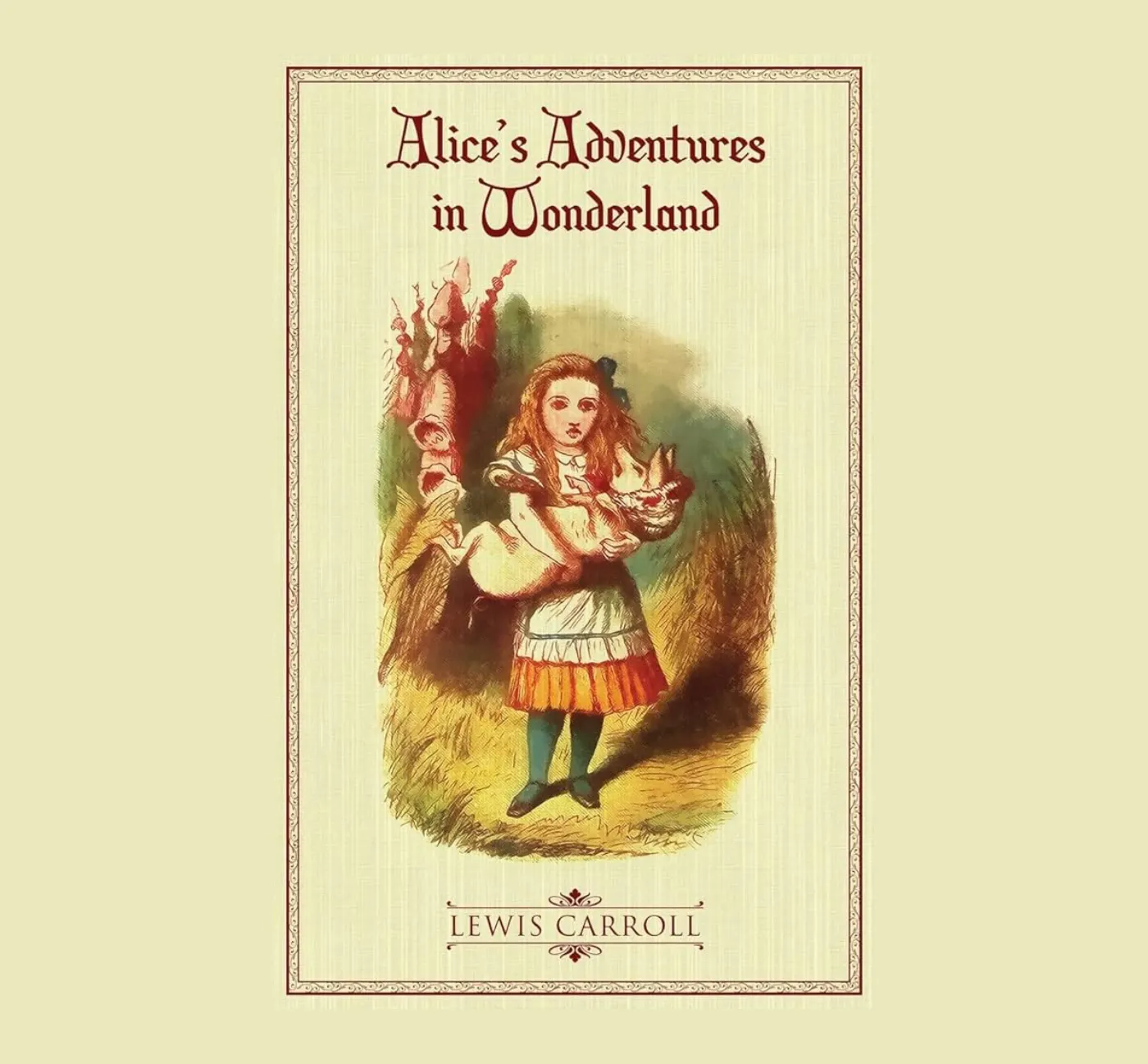
02. Alice’s Adventures in Wonderland (1865)
First published in 1865, Alice’s Adventures in Wonderland quickly became a beloved classic, but it didn’t draw significant criticism until the 20th century. In 1931, authorities in China banned the book, claiming that its depiction of talking animals as equals to humans, similar to Winnie the Pooh, was offensive to divine order. In the United States, it faced challenges during the 1960s and sporadically afterward, with critics arguing that the hookah-smoking caterpillar and the size-changing mushroom implied an endorsement of drug use.
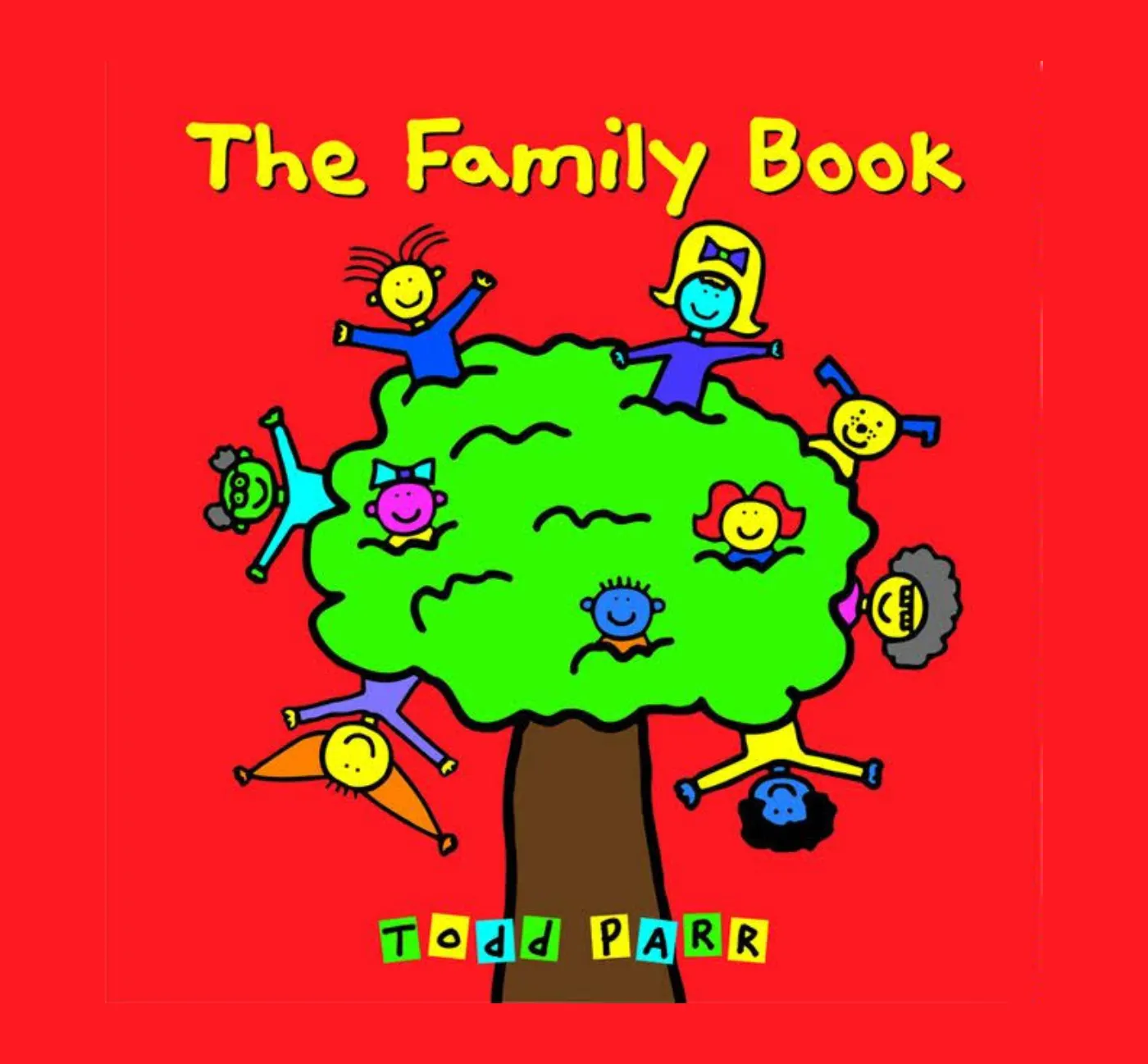
03. The Family Book (2003)
Todd Parr’s 2003 book, The Family Book, became a focal point for censorship due to its inclusive portrayal of diverse family structures. Designed to introduce children to the many kinds of families they might encounter in their schools or communities, the book includes an illustration and mention of families with “two moms or two dads.” This particular depiction has led to significant pushback, making it the 67th book on the American Library Association’s list of the most banned and challenged books in the United States between 2010 and 2019. The controversy continued, and during the 2021-2022 school year, the book climbed to the 8th spot on the list of most-banned picture books in the country.
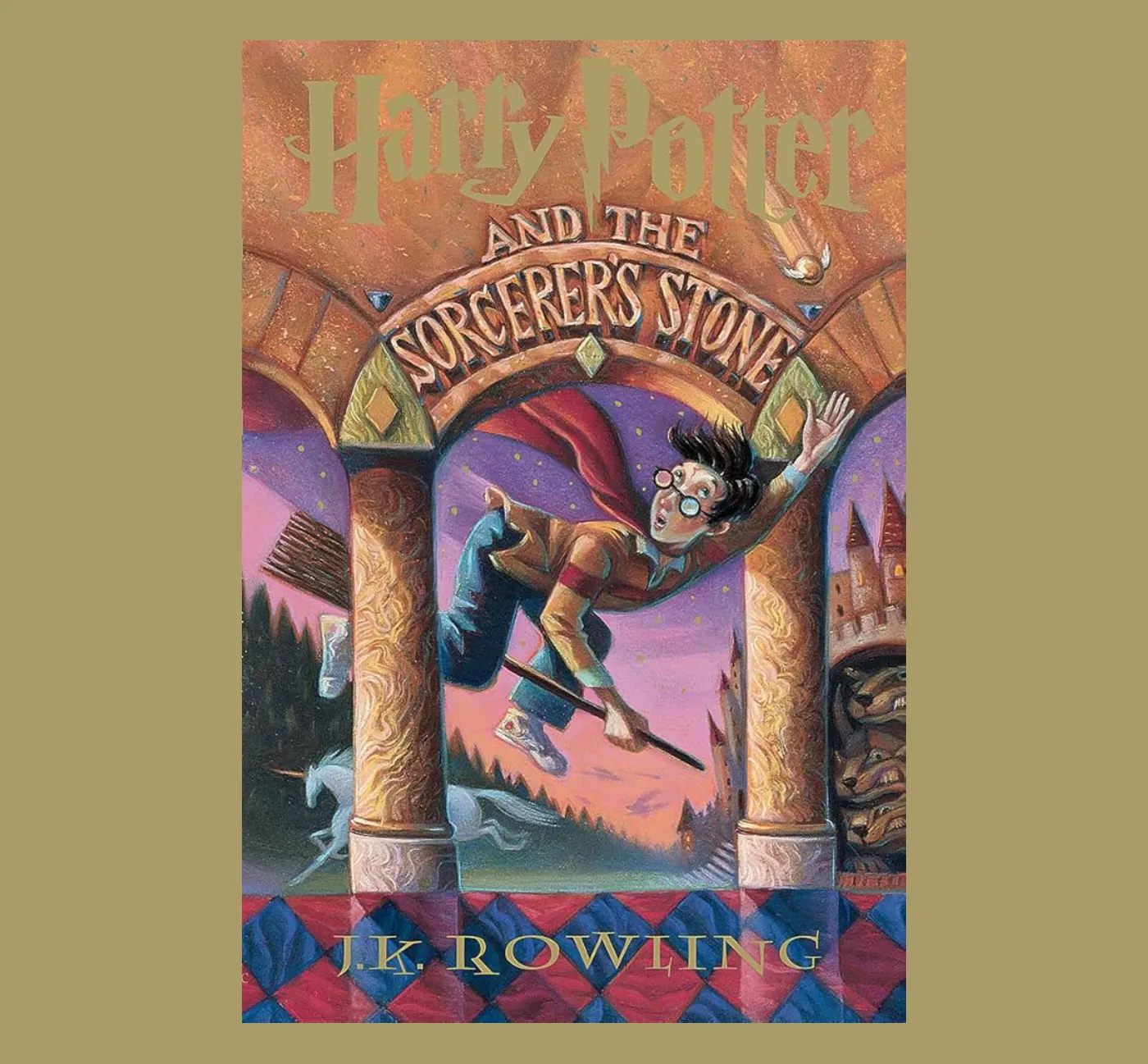
04. Harry Potter and the Sorcerer’s Stone (1998)
In the United Arab Emirates, J. K Rowling’s Harry Potter and the Sorcerer’s Stone has faced removal from school libraries in 2001 due to concerns that its focus on magic, witchcraft, and wizardry conflicted with Islamic teachings and cultural values. The book was deemed inappropriate for young readers by conservative groups who believed the content promoted ideas contrary to religious principles. While these bans were initially significant, they have since relaxed, and the series is now widely available and enjoyed by readers across the UAE.
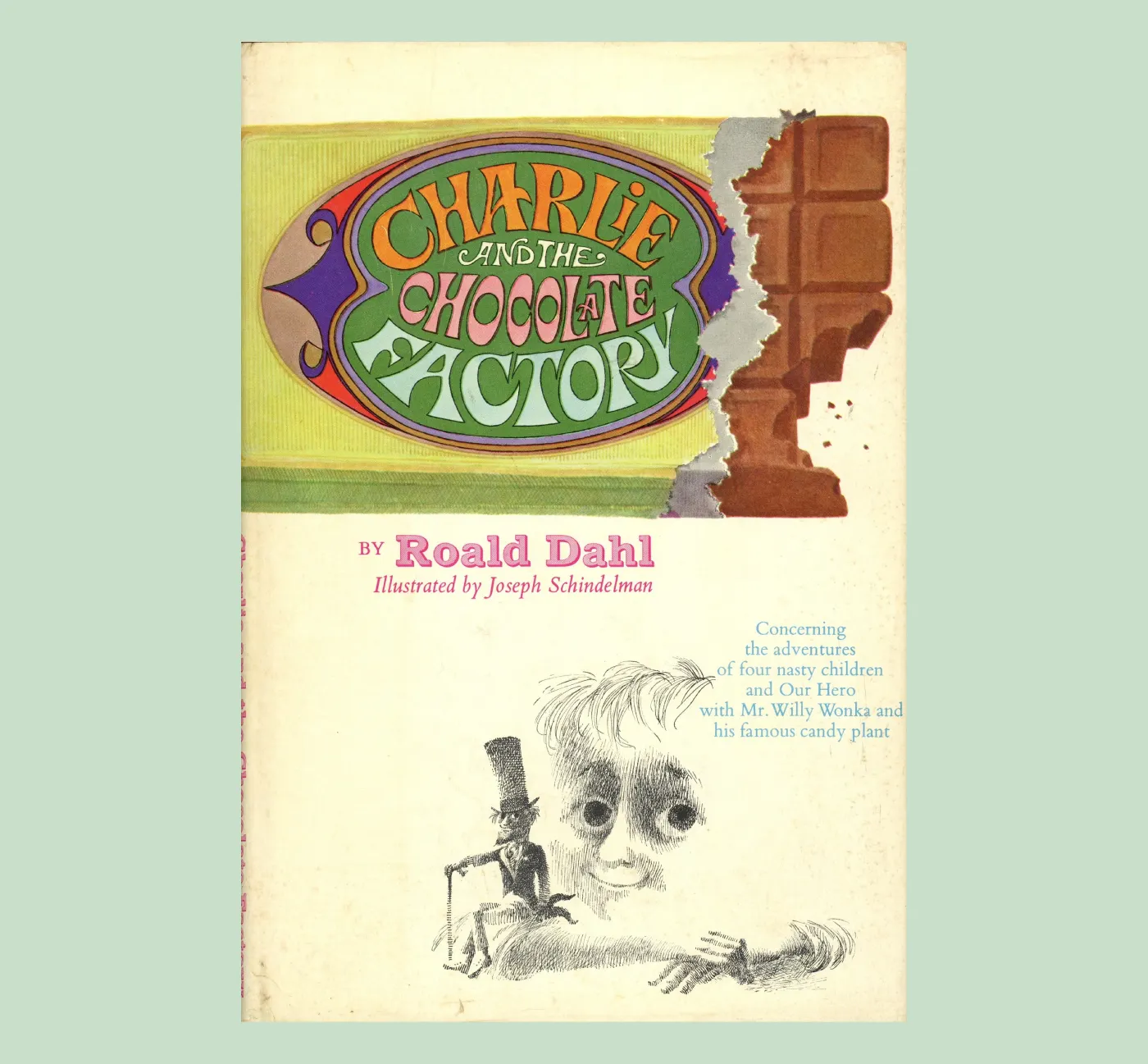
05. Charlie and the Chocolate Factory (1964)
Roald Dahl’s Charlie and the Chocolate Factory was initially challenged for its portrayal of the Oompa Loompas as small, black pygmies, which some found racist. In response, Dahl revised the 1988 edition, changing their description to “knee-high dwarves” with “rosy-white” skin. However, a Colorado librarian still locked the book in the reference collection, criticizing its “poor philosophy of life” and claiming Charlie lacked “tremendously positive traits,” offering only an absence of negative ones. This fueled further debates on the book’s message.
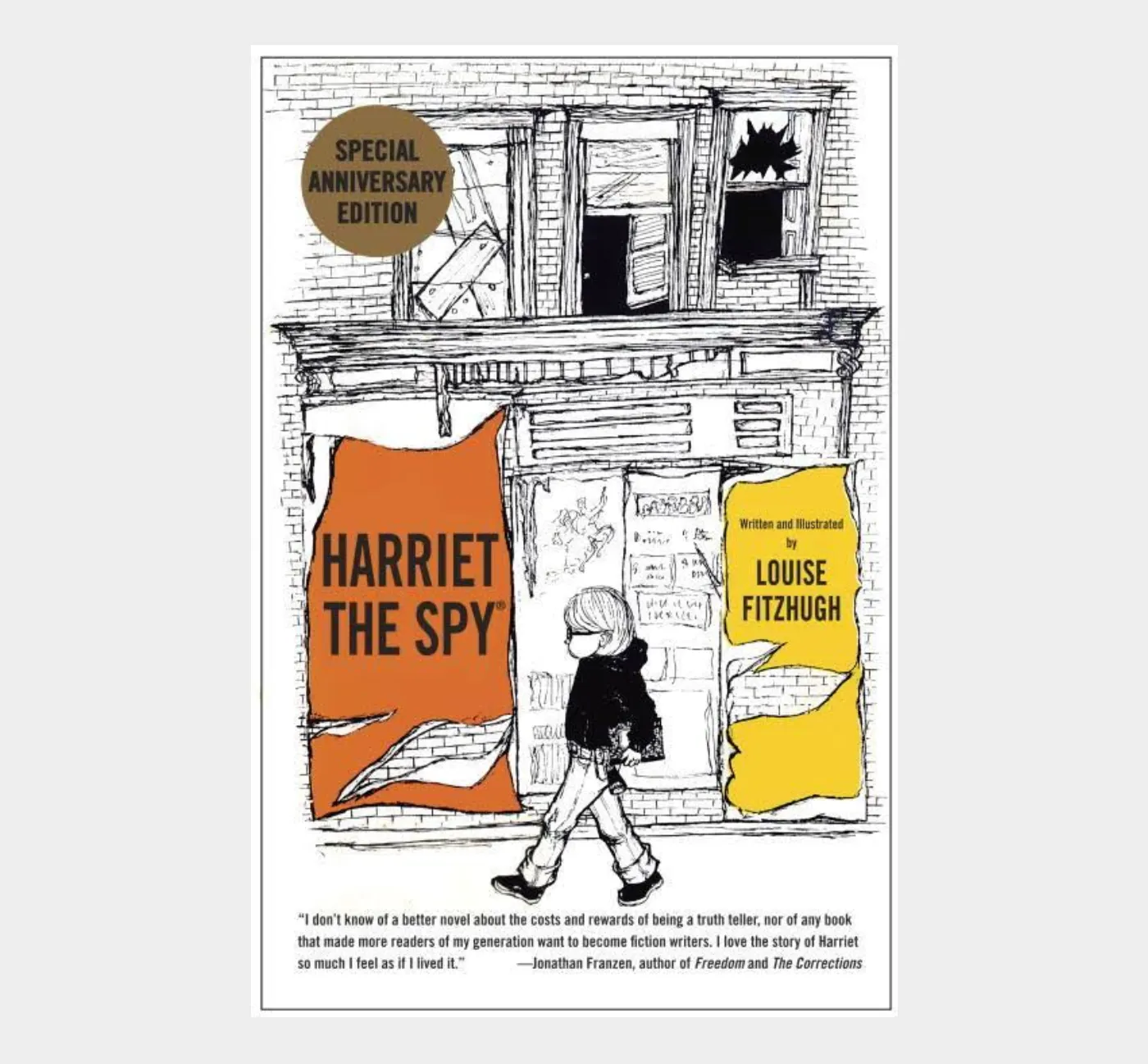
06. Harriet the Spy (1964)
Harriet the Spy by Louise Fitzhugh has faced challenges and bans over the years, with critics arguing that it encourages negative behavior in children. Some parents and educators claimed the book teaches “children to lie, spy, back-talk, and curse” due to Harriet’s bold personality, her habit of secretly observing others, and her candid, sometimes harsh journal entries.
Balancing Protection with Representation
One major argument against banning books is that it limits access to diverse voices and perspectives. Children’s literature plays a significant role in helping young readers explore the world beyond their immediate surroundings. Removing books because they tackle difficult themes risks creating a narrow view of reality, where only “safe” or sanitized stories are available.
Supporters of book bans, however, argue that some stories may introduce ideas or topics that children aren’t ready to process. For these advocates, it’s about giving parents and guardians the right to control what their children are exposed to, especially when public schools and libraries are involved.
The debate around banned children’s books is unlikely to fade soon as it reflects deeper societal tensions about culture, values, and education. Striking a balance between protection and intellectual freedom remains a challenge, but the conversation itself highlights the power of stories to shape how we think, feel, and grow. By engaging with these debates thoughtfully, we can ensure that books continue to inspire and empower young minds, even amid controversy.




